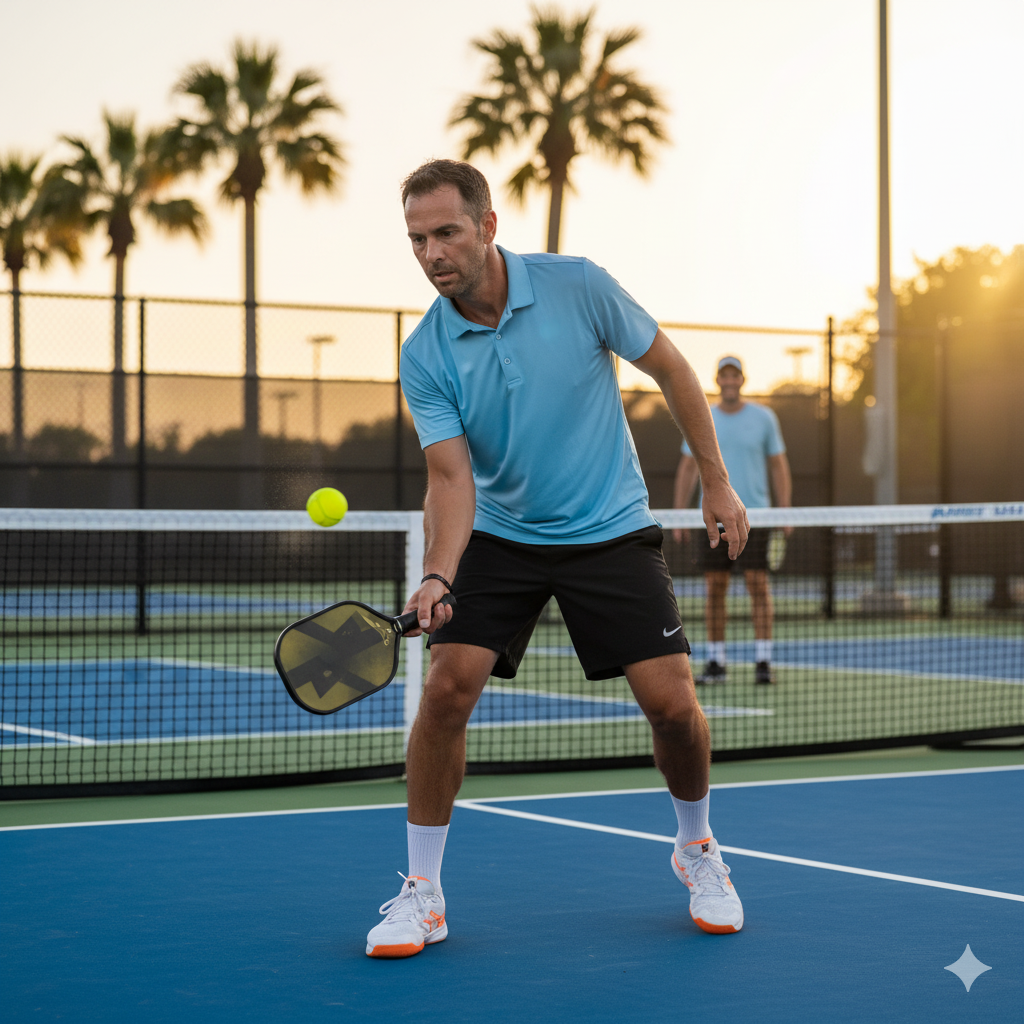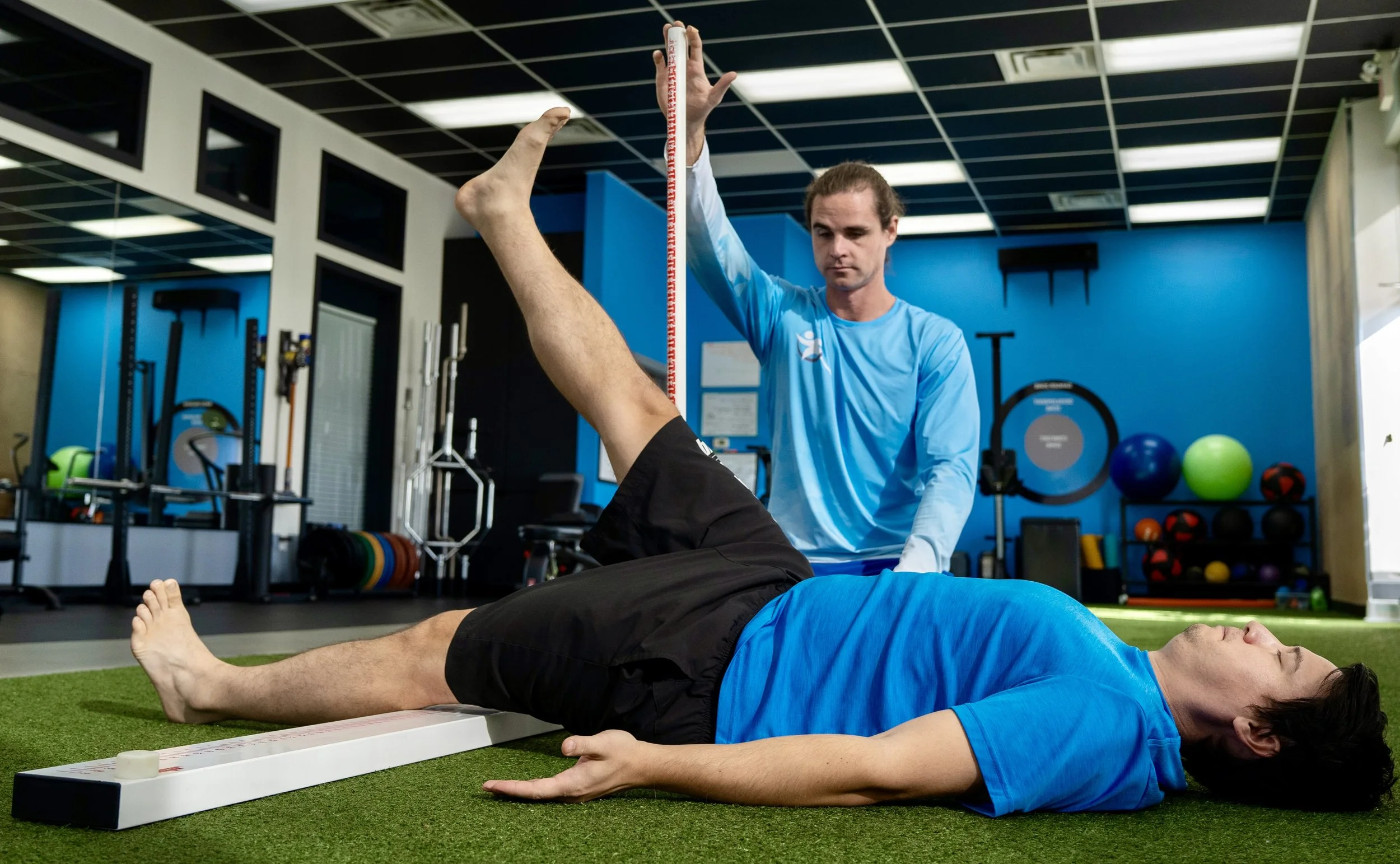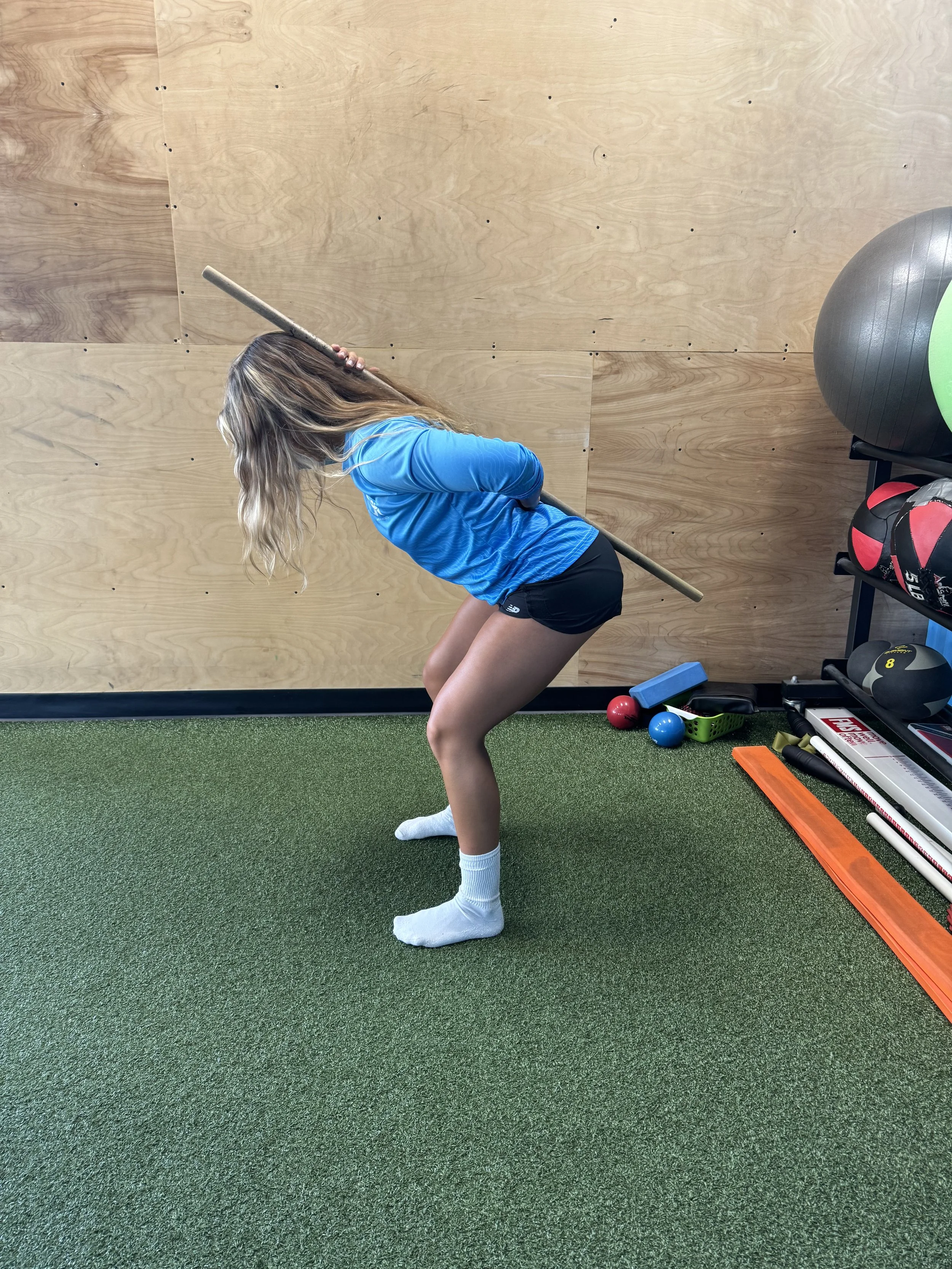Pickleball Without Fear: The Functional Movement Playbook to Keep You on Court
Pickleball is the fastest-growing sport in North America — with participation rates in the U.S. now ranking just behind running and cycling.
With its social energy, quick learning curve, and sense of fun, it’s no wonder so many people are picking up a paddle.
At Qi Movements, our mission is simple: to help you do the things you love to do without pain, distraction, or interference. We’ll never tell you to stop moving — any movement is good movement. Our job is to keep you moving safely, confidently, and for years to come.
Injuries Are Rising — Awareness Is Power
Participation has surged, and so have injuries—especially falls, fractures, and sprains to the wrist, ankle, and lower body. Most happen during quick direction changes, awkward landings, or when footwear and fatigue stack the odds against you.
This isn’t about fear; it’s awareness. When you understand why injuries happen, you can prevent them—without losing the joy of play.
Why Some Players Fall—and Others Don’t
Two people can share the same court. One finishes smiling; the other finishes with an ice pack. The difference?
How well their body moves—under pressure.
From a Functional Movement Systems (FMS) lens, people who score lower on fundamental movement patterns carry a higher risk of injury and falls. Those who score higher tend to move with more symmetry, stability, and confidence.
It’s not about talent; it’s about foundations.
You need a stable platform to generate power.
Mobility gives you options. Stability lets you use them.
Mobility without stability = chaos. Stability without mobility = stiffness. Resilience = both.
The Four Pillars That Keep You Safe
Ankle Mobility (dorsiflexion & control)
Clean deceleration and direction changes without rolling your ankle; protects knees and hips.Hip Mobility (rotation & hinge)
Smooth rotation and powerful hip drive; reduces strain on low back and knees.Shoulder Mobility (overhead & cross-body)
Absorbs and transfers force during swings and reaches; lowers elbow/wrist torque.Core & Spinal Stability (anti-rotation & anti-extension)
A steady trunk is your “power base.” Without it, timing, balance, and accuracy suffer.
Our Functional Movement Screen (FMS): Your 20-Minute Injury-Prevention Blueprint
As part of every Qi Movements consultation, we perform an 8-pattern Functional Movement Screen — a simple, evidence-based process that identifies your body’s strengths, weaknesses, and risk factors.
We assess and score how well you move through these eight fundamental patterns:
Deep Squat
Hurdle Step
Inline Lunge
Shoulder Mobility
Trunk Stability Push-Up
Active Straight Leg Raise
Rotary Stability
Ankle Mobility
Each movement is scored from 0 to 3. If you have low scores in any of these areas, your risk of pickleball-related injury increases — especially for falls, sprains, or overuse injuries.
The good news?
We have the skills and systems to improve those scores quickly and effectively. Our trainers target the exact areas where you need better mobility, stability, or control — helping you move more efficiently and play with confidence.
You leave with a personalized movement plan that addresses your weak links and builds resilience for the game you love.
Quick Self-Checks (Awareness You Can Build Today)
(These don’t replace a screen, but they help you notice what your body needs.)
Ankle Rock Test – Half-kneeling, can your front knee touch the wall while the heel stays down from ~4–5" back?
Hinge vs. Squat – Can you push hips back (neutral spine) without rounding or shifting?
Split-Stance Balance – Hold 20–30s each side without wobble.
Overhead/Cross-Body Reach – Reach without rib flare or shoulder pinch.
A Smarter “Pre-Play” Warm-Up (8–12 Minutes)
Mobilize (options):
Ankles: heel-down dorsiflexion rocks; brief forefoot ramp to wake up calf/ankle.
Hips/T-spine: open-book or rib-grab rotations; simple 90/90 flow.
Stabilize (use the options):
Half-kneeling lift/chop (light band), narrow base to challenge anti-rotation control.
Band-assisted single-leg hinge (RDL) — small range is fine.
Assisted lunges with light band support; aim for volume (~40 total reps) and even out left–right.
Progress (when ready):
Carries (suitcase/offset) for reflexive trunk stability.
Light ballistic tools (med-ball patterns or Indian clubs) to safely rehearse speed after you own the basics.
Simple Tips That Make a Big Difference
Wear proper footwear (biggest win).
Running shoes ≠ court shoes. Running shoes are built for forward motion; pickleball is multi-directional and demands braking.
→ Get true court shoes for better grip, lateral support, and safer deceleration.Keep tread fresh.
Feel the ground—especially the heel—for reliable braking and balance.Warm up with intent.
Mobilize, then stabilize. Two minutes per focus area beats ten minutes of random stretching.Hydrate and focus.
Fatigue and distractions increase reactive errors. Presence keeps you safer—and makes play more fun.
The Bigger Picture
Pickleball isn’t about fragility; it’s about joy, connection, and presence. And it’s so much more enjoyable when you’re not worried about getting hurt.
At Qi Movements, we exist to keep you moving—without pain, distraction, or interference—so you can be fully present and enjoy life.
Remember, pickleball is meant to bring you energy, not anxiety. When you trust your body, you can play freely, confidently, and without the fear of an injury lingering in the back of your mind.
Ready to Play Without Fear?
In just 20 minutes, we’ll show you exactly what to work on to stay pain-free, confident, and resilient on the court.
👉 Book your Functional Movement Screen at Qi Movements — get your scores and a personalized plan the same day.
Yours in wellness,
Brien & Dre
Qi Movements – Move well. Live well.™






